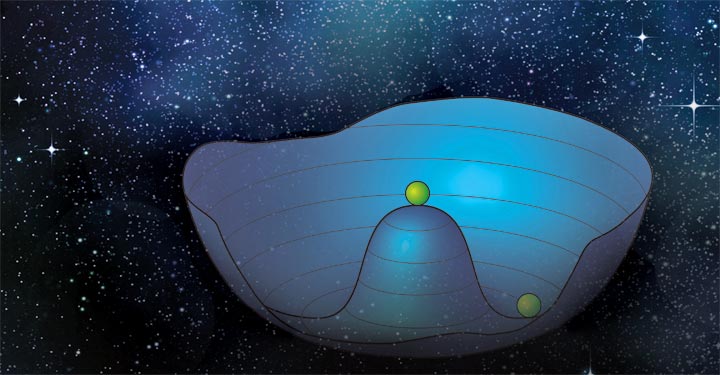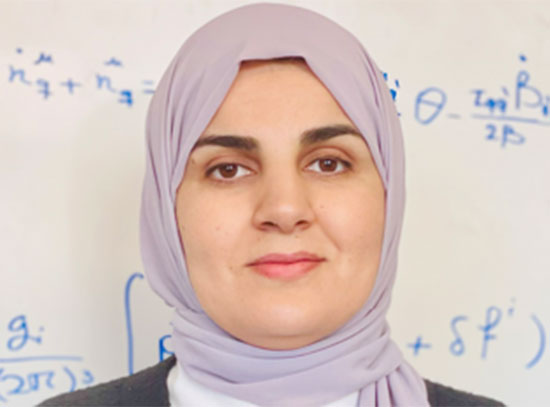
High Energy Theory Group
The High Energy Theory (HET) Group has active research programs in all areas of particle physics, focusing on supporting experimental programs and exploring novel theoretical ideas. The HET group closely collaborates with experimental groups at Brookhaven National Laboratory and other institutions.
We are deeply involved in collider phenomenology research, from studying new ways to find non-standard physics to precision perturbative calculations within the Standard Model of particle physics. We have strong expertise in various aspects of effective field theories, focusing on framework developments and phenomenological applications for the LHC and future colliders. We perform computations of QCD and QED corrections for low and high-energy processes, all-order resummation of large logarithms, and develop new computational techniques and tools. Our theoretical framework mainly centers on the Standard Model effective field theory (SMEFT), non-relativistic (NREFT), and soft-collinear effective field theories (SCET).
In Lattice Gauge Theory, a concerted effort is made towards improving our understanding of the workings of the Standard Model by improving the accuracy with which fundamental parameters are extracted from experimental data, computing non-perturbative contributions relevant for precise measurements, and seeking clues for the onset of new physics. We calculate the hadronic contribution to the muon anomalous moment, compute matrix elements for weak decays, and develop and improve algorithms for lattice field theory.
Our research thrusts in neutrino and astroparticle physics concentrate on understanding the neutrino oscillation paradigm, searching for Dark Matter, and exploring exotic signatures of physics beyond the Standard Model. We also have a dedicated effort investigating the nature of neutrinos through their interactions, oscillations, and astrophysical signatures. We also develop novel signatures for dark matter and dark sector searches, and draw connections among all of these topics and others including axions, black holes, gravitational waves, and many other areas.









